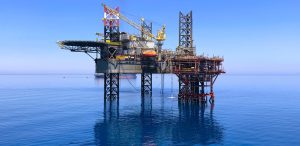Sedimentary and Tectonic Deformation in the Permo-Triassic Hopeman Sandstone, Moray Coast
A couple of weeks ago, Bill Wilks attended DEVEX 2024 and was lucky enough to join the conference field trip to the southern coast of the Moray Firth, NW of Aberdeen. Continue reading to read the full article and learn more about the outcrops of fluviatile and aeolian dune sands between Covesea and Burghead, which show sedimentary and tectonic deformation.








